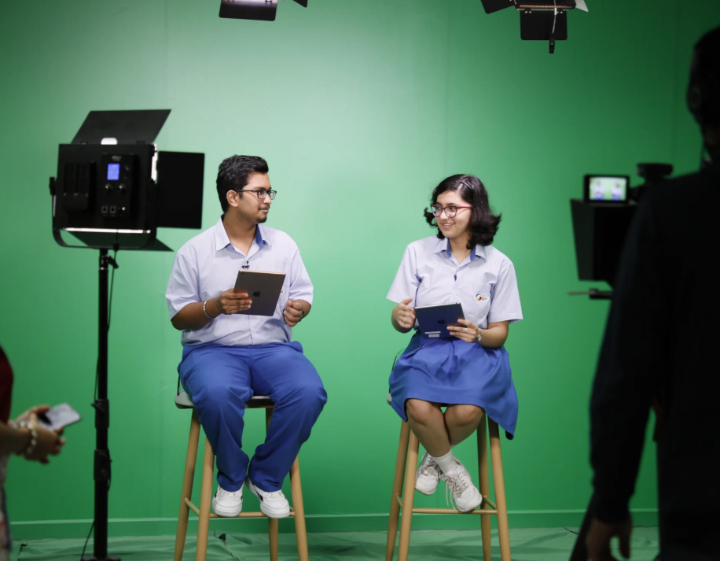
Education in the 21st century is constantly evolving, so how can you ensure that your child is being taught the right skills to thrive? Find out more in the ‘School of the Future’ documentary by National Geographic Channel featuring GIIS!
Every parent knows that academic success alone is no longer enough to guarantee success in the real world. According to the World Economic Forum’s Schools of the Future report, modern-day students must be able to use technology efficiently, think critically and communicate effectively, problem-solve and constantly innovate in order to stay on top in a fast-evolving world. With automation on the rise, Global Indian International School (GIIS) is focused on equipping students with these non-automatable skills and digital competencies – just one of the reasons it’s earned itself a status as a “School of the Future” on the National Geographic Channel.
GIIS students have access to more than 40 skill-based, purpose-built studios and labs where they can unleash their creative potential and master the skills required for their future careers. Let’s take a look at what’s on offer at a ‘School of the Future’ like GIIS.
Shaping future content creators
Content creation is an in-demand skill these days, as evidenced by the rise of key figureheads or influencers on TV, radio and social media. GIIS’ radio and TV studios serve as a creative centre for students to learn to conduct themselves in an on-air setting. Some of the activities students participate in include presenting their ideas, hosting their own podcasts, shooting video ads for school projects or external competitions or even making short films and documentaries. A cloud-based radio system means students can collaborate with experts in different fields outside of Singapore.
Additionally, students gain hands-on experience with professional-grade production equipment and editing tools, and even the skills required to be sound engineers, producers and camera specialists. Some of these projects are also broadcast on the Internet to allow students to experience real-world broadcasting.
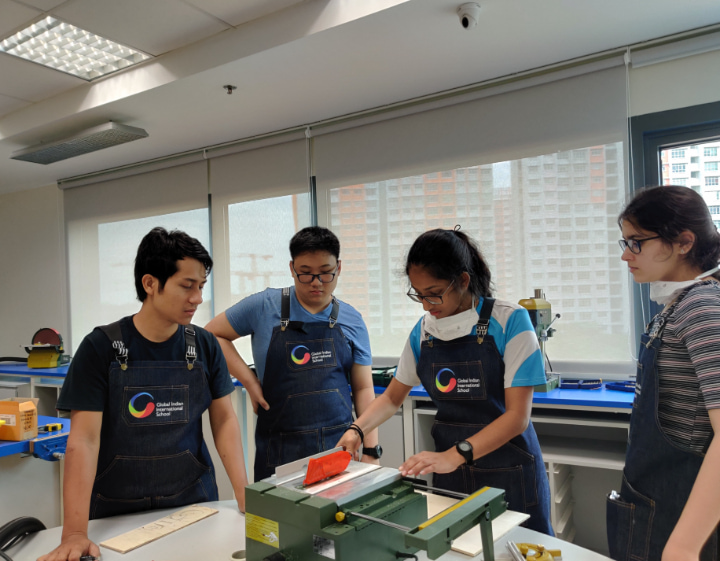
Finding solutions to real-world problems
When it comes to bringing innovative ideas to life, GIIS students can ideate, design and test their own products using 3D design software, prototype them and finally create them with 3D printers in the Design and Technology lab. Each grade has its own set of activities and learning experiences. Students in Grades 6 and 7 are taught embroidery skills, which they can use to add to home décor or DIY projects, and even their own clothing using high-tech Bernina sewing machines. Those in Grade 8 are immersed in each stage of the design-thinking process. They are given simple electronic kits that teach them the basics of electronics and are given the autonomy to build creative projects that control the physical world through sensors and actuators.
GIIS students in Grades 9 and 10 can take up Design & Technology as an IGCSE subject, where they delve deeper into product design via technical drawings, specifications and design software like Sketch up and AutoCAD. It all begins with students researching a product solution to a problem they wish to solve. Once they’ve completed their research, they begin the ideation process, build physical prototypes, endure the testing stage and then implement their ideas. This process typically applies to their year-end projects, and it often results in creative, user-verified products. GIIS’ IB students can also choose this subject at either the standard or a higher level. For example, one IB student recently used Design & Technology to create an alarm system for expiring foods. Users just needed to input the expiry date of stored food items at home, and the machine would give off an alarm to notify users once the food item is about to expire!
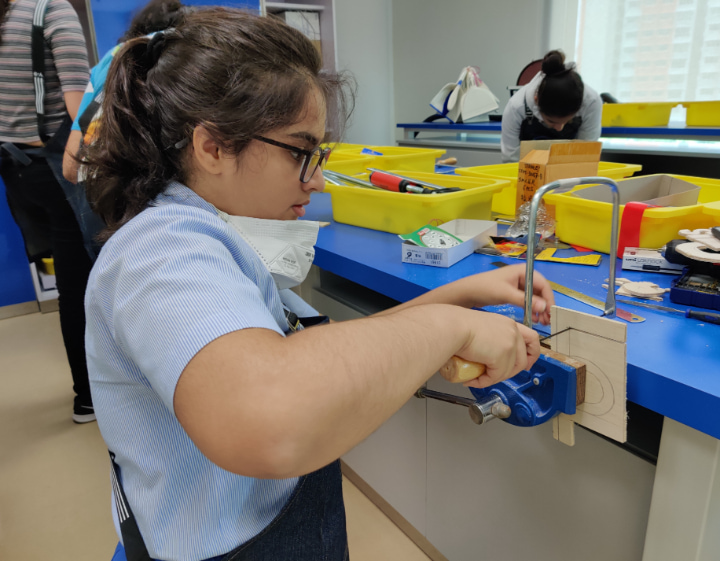
Students who use the Design & Technology lab aren’t just creating useful products; they also learn how to communicate and collaborate, expand their horizons by being open-minded and reflective and even find the courage to take new risks and push themselves. Through the design-thinking process, they solve real-life problems and apply their knowledge in the classroom to real-life scenarios outside of it.
With automation on the rise, non-automatable skills like these will grow in value in the near future. This realisation motivates GIIS’ experienced educators, as they recognise the need for students to collaborate with peers and people from all walks of life. This way, students are able to approach problems from multiple perspectives, cultivate curiosity, experiment and really get creative when it comes to problem-solving.
If you’d like to know how your child can be better prepared for the future, join GIIS for a campus tour where you can see students in action and view the technology-enabled facilities.
![]() Global Indian International School,
Global Indian International School,
SMART campus: 27 Punggol Field Walk, Singapore 828649, Tel: (+65) 6914 7001
GIIS East Coast campus: 82 Cheviot Hill, Singapore 459663, Tel: (+65) 6914 7001
singapore.globalindianschool.org


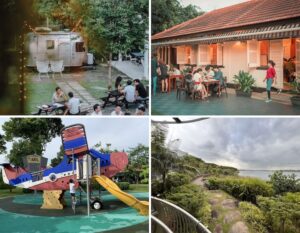
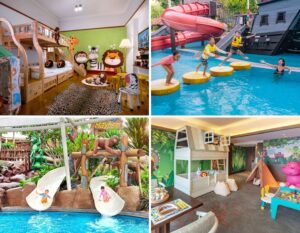


 View All
View All

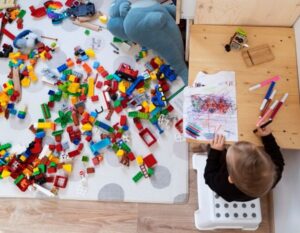

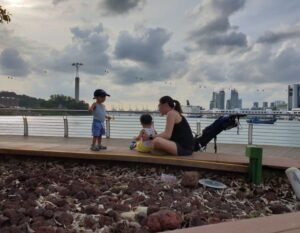
 View All
View All

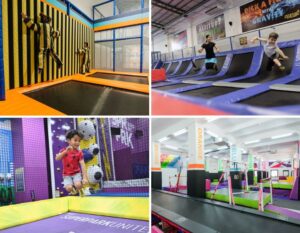

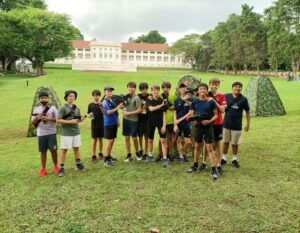
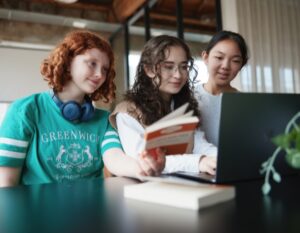

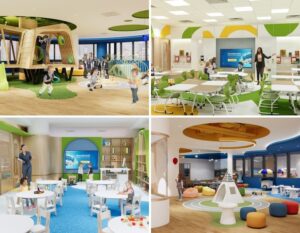



 View All
View All



![[𝗡𝗘𝗪] 𝗣𝗮𝘀𝗶𝗿 𝗥𝗶𝘀’ 𝗕𝗿𝗼𝗻𝘁𝗼𝘀𝗮𝘂𝗿 𝗣𝗮𝗿𝗸 𝗶𝘀 𝗕𝗔𝗖𝗞. 𝗦𝗮𝗳𝗲𝗿 & 𝗙𝗨𝗟𝗟 𝗼𝗳 𝗗𝗶𝗻𝗼-𝗦𝗶𝘇𝗲𝗱 𝗙𝘂𝗻! 🦕🦖
A dinosaur you can climb into, a tail slide you can zoom down, and plenty of spots for kids to swing, bounce, and explore? Yeap, it’s a full-on dino adventure. After being closed for a major revamp, Brontosaur Park is now officially open (and safe!) for little adventurers to run wild.
Comment “DINO” or hit the link in bio for more epic outdoor playgrounds in Singapore!
𝗪𝗵𝗮𝘁 𝘄𝗲 𝗹𝗼𝘃𝗲:
- A Brontosaurus structure kids can explore from the legs to the belly
- A roller slide that goes right down the dino’s tail
- Rope bridges, climbing nets & hammocks between stego spikes = plenty of ways to burn off energy
- Toddler-friendly mini dino zone for the little ones
- Spot dino sculptures painted by residents (hidden all around the park)
𝗧𝗶𝗽𝘀 𝗳𝗼𝗿 𝗺𝗮𝘅 𝗳𝘂𝗻:
- Wear grippy shoes. Lots of climbing involved
- Pack snacks and water (There are minimarts nearby)
𝗪𝗵𝗲𝗿𝗲? The playground is located between Blk 777 & 778, along Pasir Ris St 71
𝗖𝗼𝘀𝘁? FREE!
.
.
.
.
.
#DinoPlaygroundSG #PasirRisPlayground #SgPlaygrounds #OutdoorFunSG #FreePlaygroundsSG #BrontosaurPark #SgFamilyAdventures #ThingsToDoWithKidsSG #SingaporeWithKids #PlaygroundGoalsSG #ToddlerPlaySG](https://www.sassymamasg.com/wp-content/plugins/instagram-feed/img/placeholder.png)
